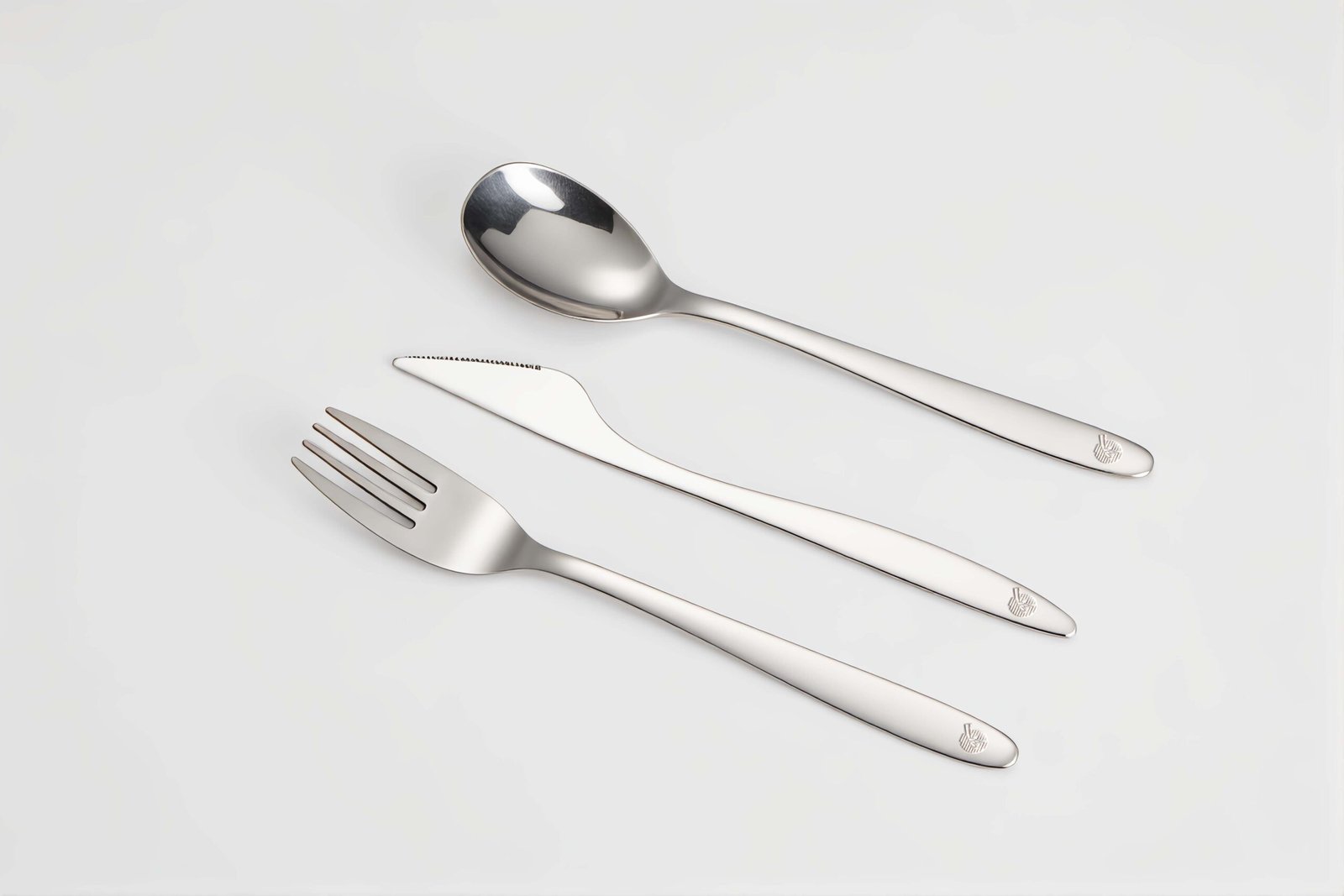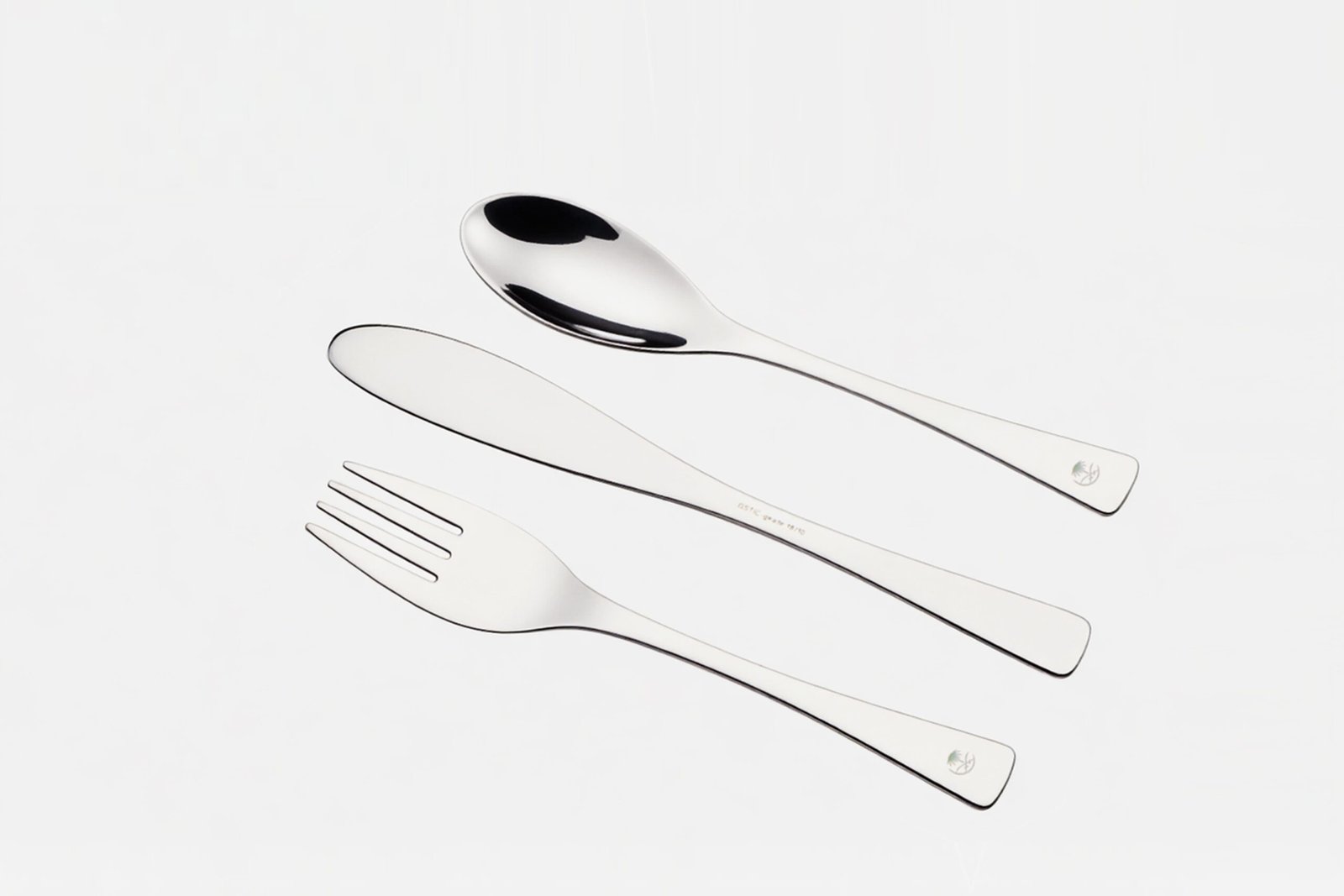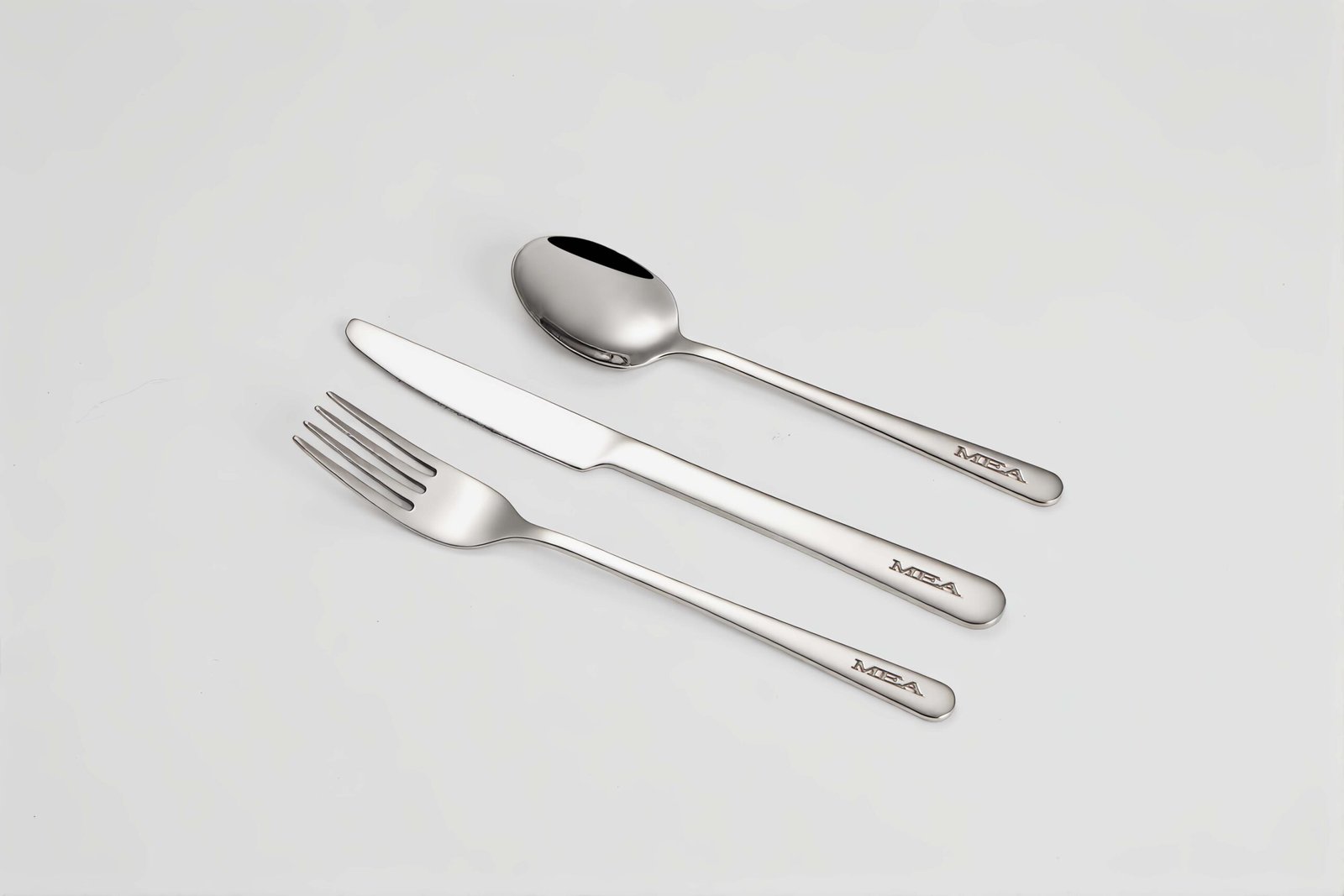I hate uneven slices. I want smooth, clean cuts every time. Imagine serving perfect cheese slices that always impress.
Choosing the right knife can change your cheese game. The right blade makes cutting simple, safe, and precise.
I’ll guide you through each tool. You’ll learn what works best. You’ll see why one choice beats another. Let’s dive in.
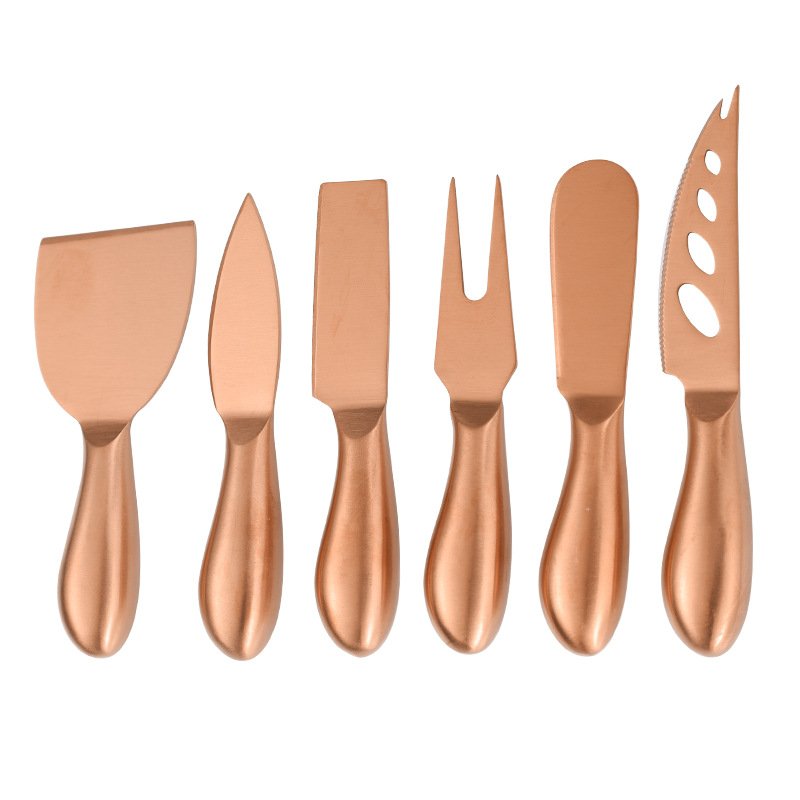
What Is a Cheese Knife?
I once struggled with crumbly blue cheese. My old chef’s knife just tore it apart. Then I found the cheese knife. A cheese knife is made for cheese. It has holes or a forked tip. It helps reduce sticking. It guides slices with ease.
A cheese knife is a blade shaped to slice, lift, and serve cheese without squashing or sticking.
Cheese can be soft, semi-soft, hard, or crumbly. A regular knife often fails. A cheese knife has design features to match cheese textures. Let’s explore why.
Matching Knife to Cheese Type
When I cut Brie with a normal blade, it stuck. I lost shape. A cheese knife’s holes let air pass. That air cuts the suction. That means cleaner slices. A forked tip lifts pieces easily to a board or plate.
| Feature | Benefit |
|---|---|
| Holes in blade | Prevents cheese from sticking |
| Forked tip | Lifts slices without extra tools |
| Thin, pointed edge | Slices firm cheeses cleanly |
| Serrated edge | Saw-through semi-hard or waxy rinds |
Soft Cheeses: Brie, Camembert, Goat Cheese
– Use blades with large holes.
– Slice gently with thin strokes.
Semi-Soft Cheeses: Havarti, Munster
– Medium holes or a perforated blade.
– Helps for smooth cuts.
Hard Cheeses: Cheddar, Parmesan
– Narrow, pointed blade.
– Forked tip or chisel design.
Crumbly Cheeses: Feta, Roquefort
– Use a cheese plane or slicer tool.
– Avoid crushing texture.
Marketing Note
As a manufacturer, I craft each knife with these features in mind. My brand, Brilliant, focuses on precision. I blend form and function. You get a tool that performs and looks great.
What Kind of Knife Is Best for Cutting Cheese?
I’ve tested dozens of knives. Some excel at slicing meat but fail on cheese. The best knife has a balance of sharpness, blade shape, and handle comfort.
The top choice combines a sharp thin blade, nonstick surface, and ergonomic handle for control.
Not all knives are equal. Here’s how to choose:
Key Blade Characteristics
| Feature | Function |
|---|---|
| Thin Blade | Less surface area, reduces friction, cleaner cuts |
| Nonstick Coating or Holes | Minimizes sticking on soft cheeses, keeps blade clean |
| Pointed Tip or Forked End | Picks up slices easily, helps with portion control |
| Serrated vs. Smooth Edge | Smooth for firm cheeses, serrated for semi-soft/rind |
Knife Materials
| Material | Pros | Cons |
|---|---|---|
| High-carbon steel | Holds a sharp edge | Prone to rust if not cared for |
| Stainless steel | Rust-resistant, easy to maintain | May lose sharpness faster |
| Ceramic | Very sharp, nonreactive | Brittle, can chip |
Ergonomics and Comfort
| Feature | Explanation |
|---|---|
| Handle Shape | A comfortable handle reduces fatigue |
| Weight Balance | The blade and handle should feel even |
| Grip Material | Slip-resistant for safety |
My Personal Tip
I hold my knife at a slight angle when slicing hard cheese. It makes the cut cleaner and reduces pressure. Practice on a wedge first. You’ll find your sweet spot.
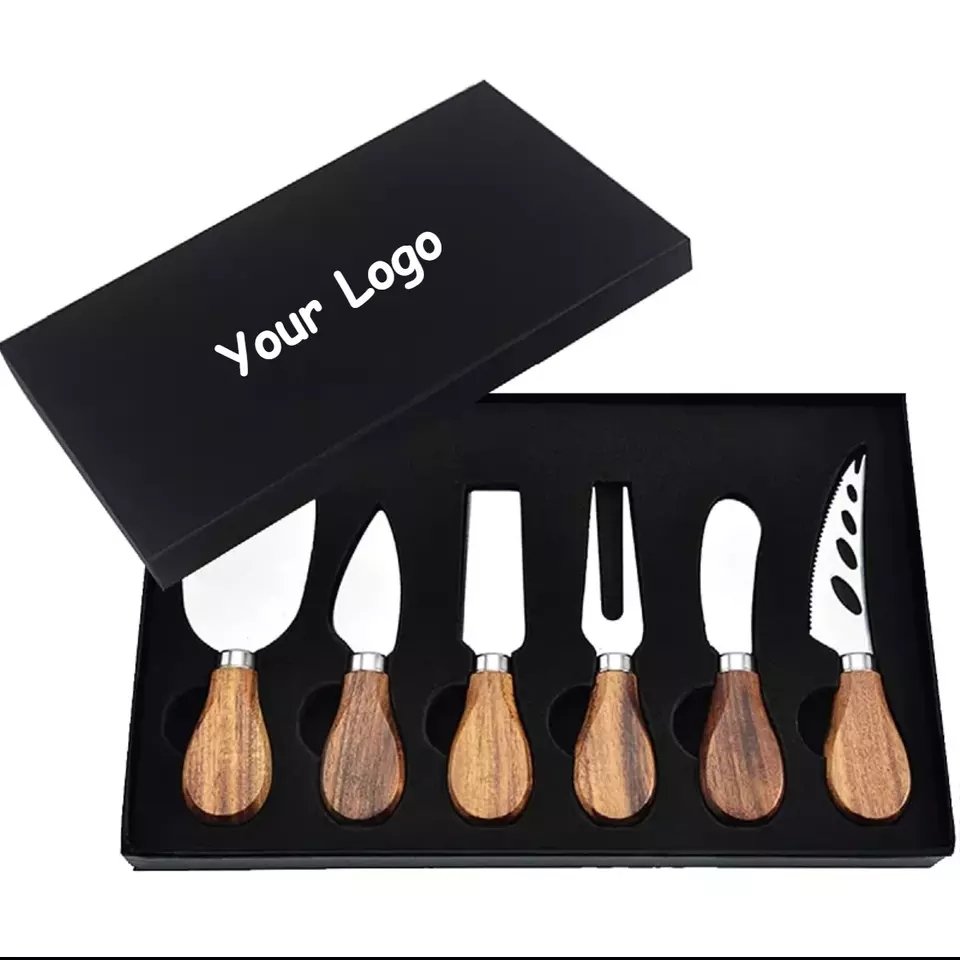
What Is the Best Thing to Cut Cheese?
Sometimes you need more than a knife. I’ve used wire cheese cutters, planes, and even scissors. Each tool shines in certain situations.
The best tool depends on cheese type and presentation. A wire cutter or plane often outperforms a blade on certain cheeses.
Comparing Tools
| Tool | Best For | Drawbacks |
|---|---|---|
| Cheese Knife | All-around slicing | Some stick on very soft cheese |
| Wire Cheese Cutter | Soft and crumbly cheeses | Less precise on firm cheeses |
| Cheese Plane | Thin slices (Parm, hard cheese) | Not ideal for soft cheese |
| Kitchen Shears | Herb-infused cheese, irregular shapes | Limited to small pieces |
| Mandoline Slicer | Uniform thin slices | Risky, needs care |
When to Choose Each
– Soft Cheeses (Brie, Camembert): Wire cutter
– Semi-Soft (Havarti, Gouda): Cheese knife with holes
– Hard Cheeses (Parmesan): Cheese plane
– Mixed Platters: Combine tools for variety
Deeper Reflection
I once hosted a tasting. I used a wire cutter for my goat cheese. It gave me clean logs. My guests loved the presentation. Later, I switched to a plane for Parmesan. It gave thin shards perfect for garnish.
Should You Cut Cheese with a Serrated Knife?
A serrated knife can saw through tough rinds and wax. But it can tear delicate cheese.
Use serrated edges for semi-hard cheeses with wax or thick rinds. Smooth edges work better otherwise.
Pros and Cons of Serrated Knives
| Pros | Cons |
|---|---|
| Saw through tough rinds or wax | Can tear soft or crumbly cheese |
| Less pressure needed | Less clean cut on firm cheese |
When to Use Serrated
– Wax-coated Cheeses: Edam, Gouda
– Rind-heavy Cheeses: Manchego, some blues
– Bread Knife as Backup: For large wheels
Critical Thoughts
A serrated blade adds versatility. But if your focus is cheese only, a dedicated smooth-edged knife may be better. I once tried a serrated knife on Brie. It crushed the center. I switched back to a blade with holes.
What Tool Is Used to Cut Cheese?
You have many options. Let’s look at common tools and their ideal uses.
Besides knives, cheese wires and planes offer unique benefits for different cheese types.
Tool Breakdown
| Tool | Mechanism | Best Use |
|---|---|---|
| Cheese Wire | Wire under tension | Soft, crumbly cheese |
| Wire Slicer (cutter) | Wire under spring action | Logs, rounds |
| Cheese Plane | Fixed angled blade | Hard cheeses, thin slices |
| Cheese Shredder Box | Grating surface | Shredded cheese |
| Multipurpose Shears | Scissors action | Herb-infused, small pieces |
Case Study
At a client demo, I showed a plane on Parmigiano-Reggiano. It cut perfect curls. Then I showed a wire on goat cheese. It rolled perfect logs without sticking. Each tool shone.
Is a Santoku Knife Good for Cutting Cheese?
Santoku knives excel at slicing vegetables and meats. They have a granton edge (scalloped blade), which reduces sticking.
A santoku can work for firm cheeses but lacks the forked tip and blade shape of a dedicated cheese knife.
Santoku Features
– Granton Edge: Reduces suction
– Wide Blade: Good for transferring slices
– Shorter Length: Limits slice size
| Feature | Benefit | Limitation |
|---|---|---|
| Granton scallops | Less sticking on semi-firm cheese | Not optimized for soft cheese |
| Wide blade | Good for lift and transfer | Bulky for delicate slicing |
When to Use a Santoku
– Firm Cheeses: Cheddar, Gouda
– Casual Serving: Quick kitchen slice
– Multi-purpose Tool: If you lack a cheese knife
My Take
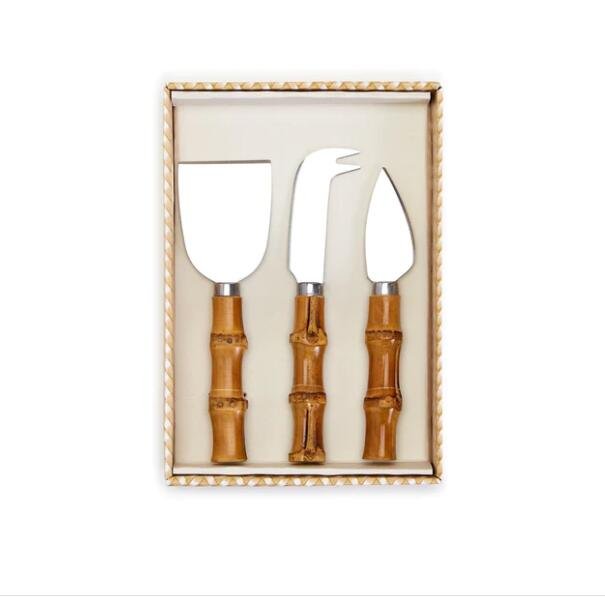
I often reach for my santoku when I need a quick slice. It works on many cheeses. But for a formal platter, I still pick my Brilliant cheese knife.
Are Cheese Knives Worth It?
I hesitated to buy a set. Then I tried mine. It made a big difference in serving. Guests admired neat slices. Cleanup was easier.
A quality cheese knife set is worth the investment if you host often or care about presentation.
Value Analysis
| Factor | DIY with Kitchen Knife | Dedicated Cheese Knife |
|---|---|---|
| Slice Quality | Variable | Consistent |
| Ease of Use | Moderate | High |
| Maintenance | Simple | Slightly more (holes clean) |
| Aesthetic Appeal | Low | High |
| Cost per Tool | Low | Moderate |
Long-Term Benefits
– Durability: High-quality steel lasts decades.
– Presentation: Sharp tools impress guests.
– Efficiency: Cuts faster, wastes less.
Marketing Insight
At Brilliant, we engineer every knife to last. Our full-tang stainless options resist rust. Our handles are molded for comfort. You’ll cut more, fret less.
How to Cut Cheese Cleanly?
Clean cuts start with the right knife and the right technique. I learned a simple trick that changed everything.
Use a slow, even stroke with minimal pressure. Keep the blade straight. Let the knife do the work.
Step-by-Step Guide
1. Chill Cheese: Firm cheese slices easier when slightly cold.
2. Stabilize Block: Place cheese on non-slip board.
3. Angle Blade: Keep at 90° for even thickness.
4. Slow Stroke: Push or pull in one motion.
| Step | Tip |
|---|---|
| Chill Cheese | 10 minutes in fridge |
| Stabilize Block | Use damp cloth under board |
| Angle Blade | Perpendicular for even slices |
| Slow Stroke | Aim for consistent motion |
Deeper Insight
I once cut a wheel too fast. The cheese crumbed. Now I pause mid-slice. I feel the resistance. Then I adjust speed. That pause ensures a clean edge.




